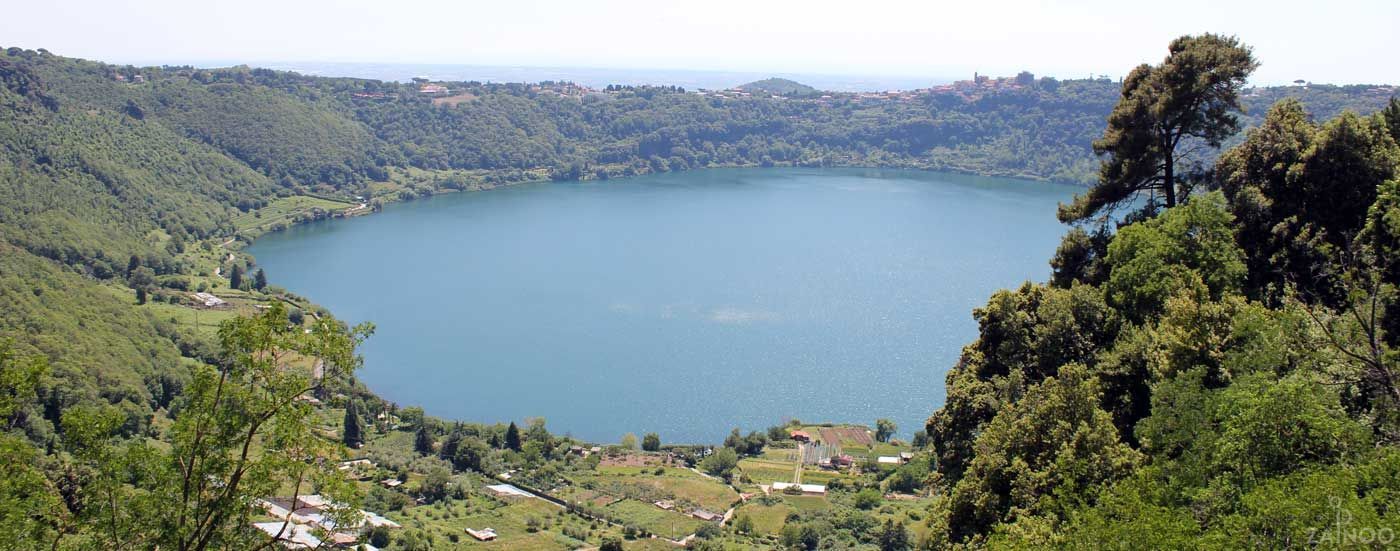Geographical map of Lazio
Historical region in central Italy
Lazio extends over an area of 17,207 km2, making it the ninth largest region of Italy. With 5.7 million inhabitants, it is, thanks to the Italian capital Rome, the most populous region of Italy. Even the Lazio countryside has much to offer: Large plains, great rivers, secluded mountains, whole mountain ranges, beautiful lakes and a long coastline and offshore islands. Thus, the region is worth a visit not only because of its many cultural and historical highlights, but also because of its numerous impressive natural attractions.
Geographical location of Lazio
Lazio is, with a size of 17,207 km2, the ninth largest region of Italy and, with 5.7 million inhabitants, the most populated region of Italy. Lazio extends in central Italy along the Tyrrhenian Sea and is surrounded by the regions of Tuscany, Umbria, Marche, Abruzzo, Molise and Campania. The region is divided into five administrative provinces: Rome, Frosinone, Latina, Rieti and Viterbo. The far most important city in Lazio is the Italian capital Rome, which is, in terms of area and population, the largest province of Lazio. Italy's capital is thus a magical attraction of the region and one of the main attractions of the whole country.
Landscape Diversity
In addition to the tourist attraction of Rome, the Lazio countryside also offers some highlights which are worth a visit. The limestone mountains of the Abruzzo in the north-east, with the Monte Gorzano as the highest mountain, the Sabine Mountains, the Monti Lepini, the Monti Ausoni and the Monti Aurunci as well as single limestone mountains such as the Monte Soratte and the Monte Circeo offer beautiful mountain landscapes. The rolling hills of Tuscia in the northwest and the Alban Hills are of volcanic origin and are thrilling with their romantic canyons, extinct volcanoes and romantic crater lakes. The largest river in the region and the lifeline of Rome is the Tiber river, which flows from the Apennines over a length of 405 kilometres down into the Tyrrhenian Sea.


Tweet